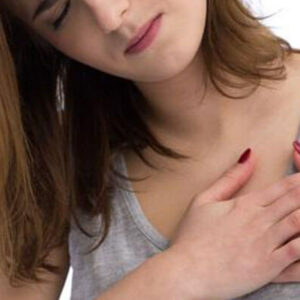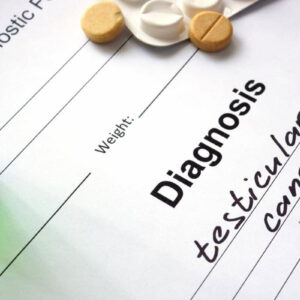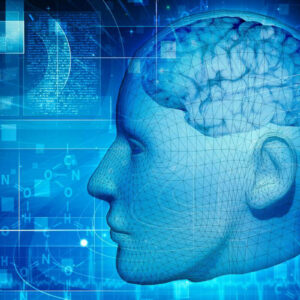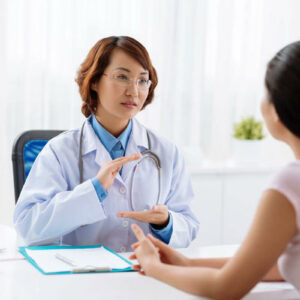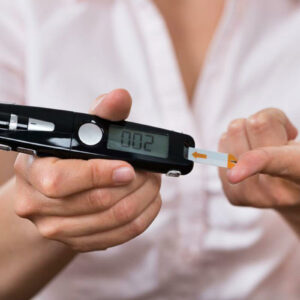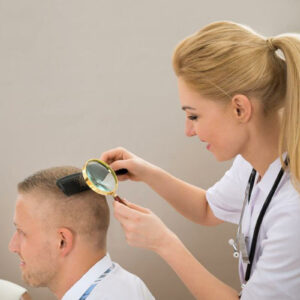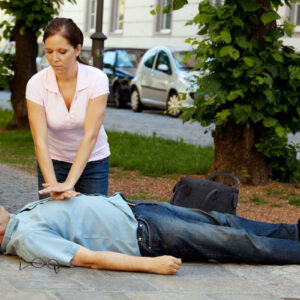
01
You Probably Do Not Know About This Afib Stroke Connection
Is there a connection between your heart’s irregular rhythm and a brain stroke? When it comes to brain strokes, most people know that having high blood pressure puts you at increased risk of suffering a stroke. High blood pressure is perhaps the most common potential risk factor for strokes. However, it is by no means the most powerful one. It might come as a surprise to you but Afib or Atrial Fibrillation is the single most powerful potential risk factor for brain strokes! In fact, a person with high blood pressure has twice the chance of getting a stroke, whereas a person with Afib is 5 times more likely to get an Afib stroke as compared to those that do not suffer from this heart condition. Afib affects your heart, while a stroke happens in the brain, what’s the connection? It all comes down to how the brain functions. This unique organ requires nourishment in the form of constantly supplied blood and oxygen. These nutrients are sent to the brain by the pumping of the arteries. If the brain does not receive this nourishment, brain cells begin to die rapidly. A stroke is simply defined as a “sudden loss of brain function”. In general, strokes are the result of an artery bursting or getting clogged. In the case of a person with high blood pressure going through a stroke, the cause is the weakening of the arteries due to the sheer force with which the blood is being pumped. As the name suggests, people with “high blood pressure” have their blood pumped by the arteries at a very high pressure. Over a period of time, more and more arteries of a person’s body get damaged due to the high pressure pumping. Some of these arteries are the ones that supply blood to the brain.
Read More 